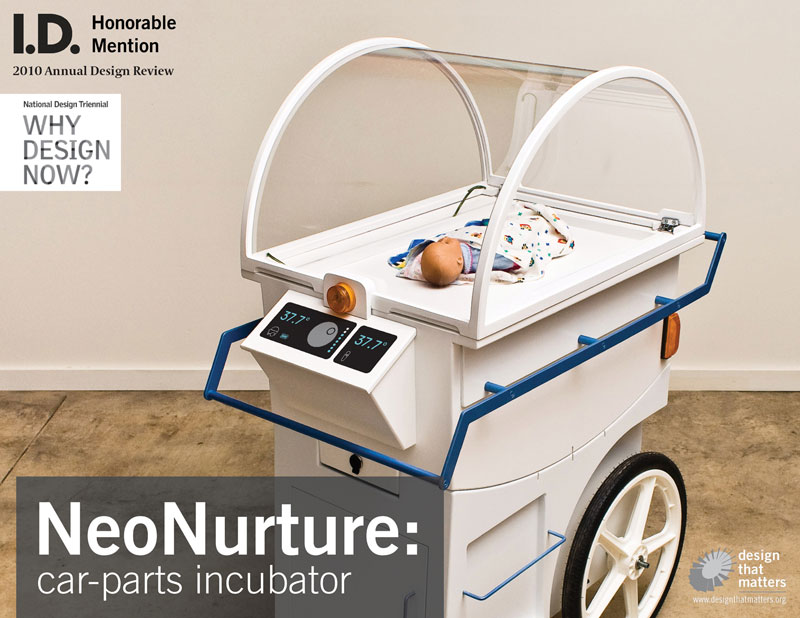Designing for outcomes

Introduction
I came across a great TED talk, and as usual, it was very thought provoking.
It was Design for people, not awards by designer Timothy Prestero.
He recounted a design challenge which his non-profit company Design That Matters undertook, which aimed to develop an incubator for newborns suitable for developing countries.
The need for a better design
The incubators in industrialised countries cost many thousands of pounds, and aren’t easily repaired. Prestero and his team realised that to solve the problem they had to take a holistic approach.
In his talk, Prestero identified three key areas which need to be considered in order to design for outcomes:
- design for manufacture and distribution
- design for actual use
- design for appearance
In a previous attempt at designing an incubator, the product looked fantastic, but ultimately wasn’t going to meet the needs of health workers and patients in developing countries.
The main insight
The main insight came from a friend of Prestero’s, who observed that people in developing countries are exceptionally good at keeping cars on the road. So why not design an incubator which uses car parts?
So this is what Prestero and his team did. The heating lamps are car head lights, and all the other componentry was also manufactured enmasse by the automotive industry.
All this was packaged in what appears to be a standard incubator (design for appearance).
Lessons learned
As engineers and designers we’re often drawn into thinking the best design is the glossiest, which uses the fanciest technology. But in reality, it’s about being context appropriate, and taking all the factors into account when designing a product.
Resources
The NeoNurture story is also recounted in Steven Johnson’s excellent book, Where good ideas come from.